What is the minimum ballast depth for ballast tamper?
The minimum recommended ballast depth for effective operation of a ballast tamper is typically 200-250mm (8-10 inches) below the bottom of the railway sleepers. This minimum depth ensures proper compaction and stability of the track structure. Tiannuo's high-vibration hydraulic ballast tamper is designed to work effectively within this range, with its tamping arms capable of reaching a clamping range of 180-700mm. This allows the machine to compact ballast at various depths while maintaining track geometry and alignment. Insufficient ballast depth can lead to inadequate track support, increased maintenance requirements, and potential safety issues. Railway maintenance professionals must ensure adequate ballast depth before employing tamping equipment to achieve optimal track stability and longevity. The exact minimum depth may vary based on specific railway standards, track usage patterns, and regional regulations.
Minimum Ballast Depth
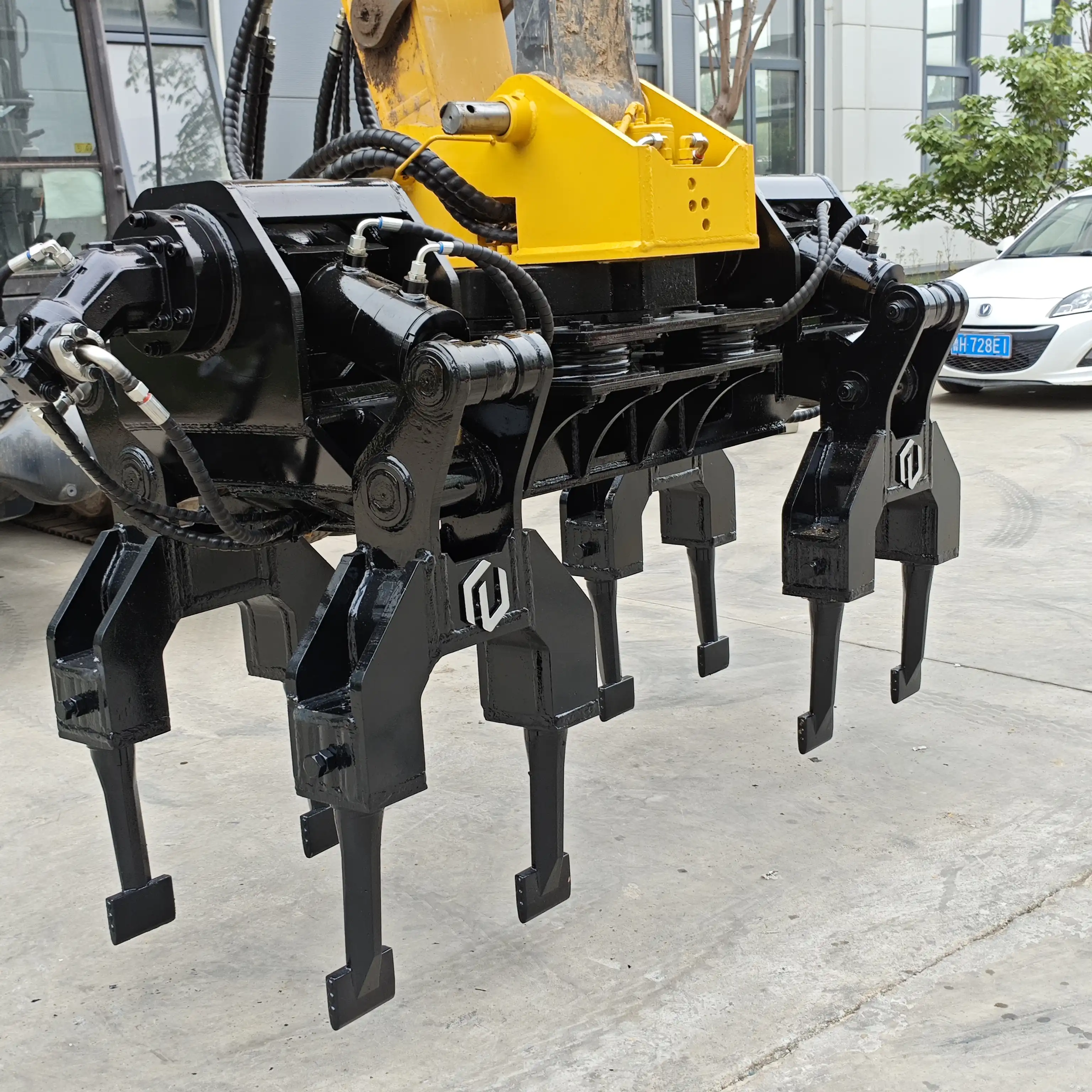
Standard Requirements for Ballast Depth
Railway infrastructure maintenance requires precise specifications to ensure safety and longevity of track systems. The standard minimum ballast depth requirements typically range from 200mm to 300mm (approximately 8-12 inches) measured from the bottom of the sleeper to the formation layer. This measurement is crucial for the proper functioning of ballast tampers like those manufactured by Tiannuo Machinery.
Different railway authorities worldwide have established varying standards:
- European railways generally specify a minimum of 250mm beneath concrete sleepers
- North American railways often require 8-12 inches (200-300mm) of ballast
- Asian railway networks typically mandate 200-250mm minimum depth
These specifications exist because inadequate ballast depth compromises the entire track structure's stability and load-bearing capacity. When operating a ballast tamper, ensuring this minimum depth prevents damage to the formation layer while allowing proper consolidation of ballast particles.
Measurement Techniques for Ballast Depth
Accurate measurement of ballast depth is essential before deploying tamping equipment. Modern railway maintenance crews employ several techniques:
Ground Penetrating Radar (GPR) systems provide non-invasive measurements of ballast layers, detecting variations in depth and identifying potential problem areas. Manual probing methods using calibrated tools allow maintenance workers to physically verify ballast depth at specific points along the track. Digital ballast profiling systems mounted on specialized vehicles can create comprehensive maps of ballast conditions across entire railway networks.
Tiannuo's hydraulic ballast tamper with its 180-700mm clamping range accommodates these varying depths while providing precise tamping action. Proper measurement ensures the machine operates within optimal parameters, preventing under-tamping or over-compaction issues.
Consequences of Insufficient Ballast Depth
Operating tamping equipment on tracks with insufficient ballast presents several serious risks:
When ballast depth falls below the 200mm minimum threshold, the tamping tines may penetrate into the formation layer, causing contamination between layers and compromising drainage. This mixing of materials accelerates track degradation and increases maintenance costs. Furthermore, insufficient ballast reduces the track's ability to distribute loads, resulting in increased stress on individual components.
The impact on ballast tamper performance is equally concerning. Machine vibration systems designed for specific material densities become inefficient when encountering the formation layer, potentially damaging the equipment itself. The precision alignment capabilities of modern tampers are also compromised when working with inadequate ballast depth.
Railway operators using Tiannuo's advanced tamping machines should conduct thorough ballast assessments before maintenance operations to prevent these issues and ensure optimal track performance.
Factors Influencing Ballast Depth
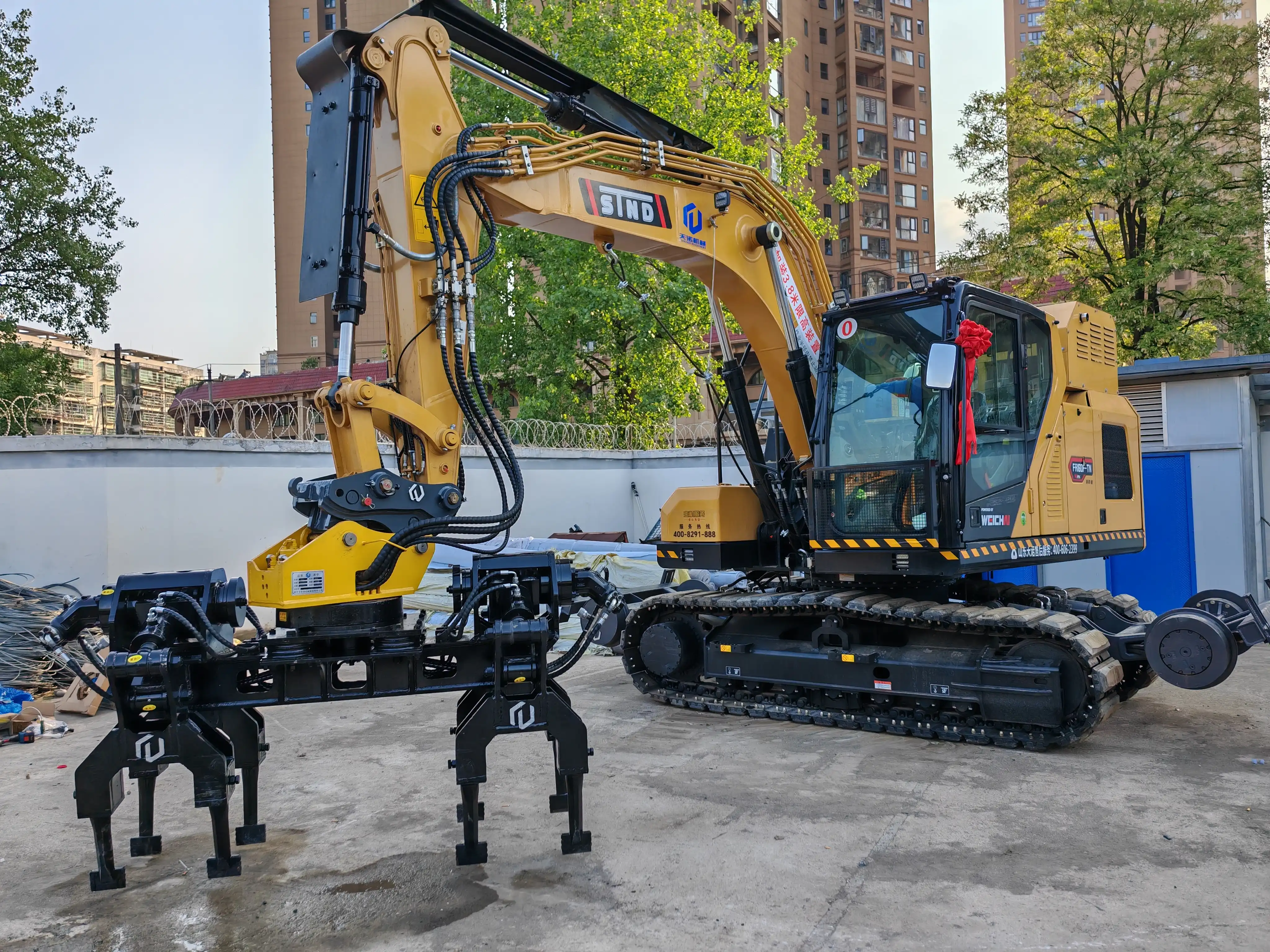
Track Classification and Usage Intensity
The required ballast depth varies significantly based on track classification and usage patterns. High-speed passenger lines generally demand greater ballast depth than freight corridors or secondary tracks due to the increased dynamic forces involved. For main lines handling heavy freight traffic, minimum ballast depths typically increase to 300-350mm to accommodate the substantial axle loads and prevent accelerated degradation.
Track categorization systems used by railway authorities worldwide typically define minimum ballast depths according to:
- Maximum operational speeds
- Annual tonnage carried
- Types of trains (passenger, freight, mixed)
- Frequency of service
When operating a high-vibration hydraulic ballast tamper like Tiannuo's model, these classifications determine the appropriate tamping depth settings and compaction force. The machine's 10-ton compaction force is designed to effectively consolidate ballast at various depths based on these track classifications.
Sleeper Type and Dimensions
The selection of sleeper materials and dimensions directly impacts minimum ballast depth requirements:
Concrete sleepers, being heavier and more rigid than wooden alternatives, typically require greater ballast depth (minimum 250mm) to properly distribute loads and dampen vibrations. The width and length of sleepers also influence necessary ballast depth, with wider sleepers generally requiring less depth due to improved load distribution. Modern concrete sleepers with sophisticated fastening systems may have specific ballast profile requirements that influence minimum depth specifications.
Tiannuo's ballast tamper with its four-arm configuration is adaptable to various sleeper types and dimensions, with the 180-700mm clamping range accommodating different ballast profiles. The tamping operation must be calibrated based on the sleeper type to ensure optimal compaction without creating stress concentrations that could damage track components.
Formation Layer Characteristics
The foundation upon which ballast rests significantly influences minimum depth requirements:
Tracks built on soft subgrades typically demand increased ballast depth (300mm or more) to prevent formation failure and maintain track geometry. Areas with poor drainage characteristics require additional ballast depth to facilitate water movement away from the track structure. Regions experiencing freeze-thaw cycles often specify greater ballast depth to minimize frost heave effects.
When deploying a ballast tamper in areas with challenging formation conditions, operators must adjust tamping depth and pressure accordingly. Tiannuo's hydraulic system operating at 18MPa provides the necessary precision to adapt to these varying conditions while maintaining effective compaction. The machine's design considers these formation layer interactions to prevent damage while ensuring proper track support.
Optimal Tamping Depth
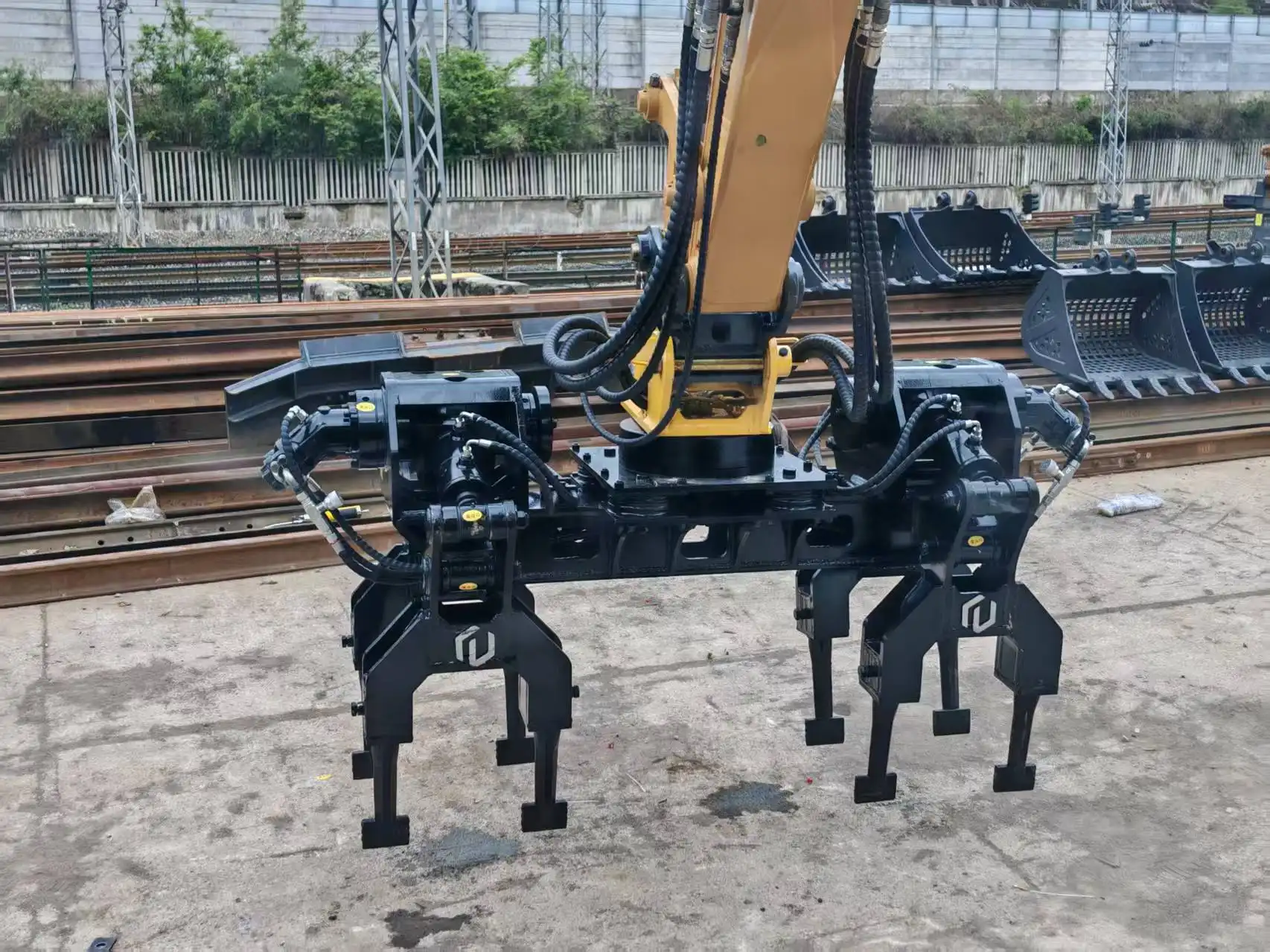
Relationship Between Tamping Depth and Track Stability
The effectiveness of ballast tamper operations is directly linked to achieving the optimal tamping depth. When tamping occurs at the ideal depth – approximately two-thirds of the way into the ballast layer – the compaction creates maximum particle interlock while maintaining sufficient void space for drainage. This balance is critical for long-term track stability.
Research has established clear relationships between tamping depth and stability metrics:
- Tamping too shallow (less than 50mm below sleeper bottom) fails to consolidate the support zone
- Optimal tamping depth (100-150mm below sleeper bottom) maximizes lateral resistance
- Excessive tamping depth risks disturbing the established ballast bed structure
Tiannuo's high-vibration hydraulic ballast tamper with its precise control systems allows maintenance crews to target this optimal zone. The machine's 13-ton host capability combined with its 10-ton compaction force delivers sufficient energy to achieve proper consolidation at these optimal depths.
Seasonal Adjustments to Tamping Depth
Environmental conditions necessitate adjustments to tamping operations throughout the year:
During wet seasons, the increased moisture content in ballast may require reduced tamping depth to prevent over-compaction and impeded drainage. In contrast, dry conditions sometimes benefit from slightly deeper tamping to achieve the same level of consolidation. Temperature extremes also influence optimal tamping depth, particularly in regions experiencing significant seasonal variations.
Railway maintenance schedules employing Tiannuo's ballast tamper should incorporate these seasonal considerations into their planning. The machine's hydraulic system allows for precise adjustment of tamping parameters to accommodate these changing conditions while maintaining track quality standards.
Monitoring and Maintenance Cycles
Effective railway infrastructure management requires systematic monitoring and cyclical maintenance approaches:
Track geometry measurement systems provide data on settlement rates and ballast condition, informing decisions about tamping depth and frequency. Modern predictive maintenance approaches use historical performance data to optimize tamping operations based on specific track section characteristics. Regular ballast depth assessments following tamping operations help verify effectiveness and guide future maintenance planning.
Users of Tiannuo's ballast tamper benefit from the machine's consistent performance specifications, allowing for reliable planning of maintenance cycles. The equipment's durability supports frequent deployment in comprehensive maintenance programs while delivering predictable results. Integrating tamping operations into a holistic track maintenance strategy ensures optimal resource utilization and maximum infrastructure longevity.
FAQ
①What happens if ballast depth is below minimum requirements?
When ballast depth falls below minimum requirements, several problems arise including reduced load distribution capacity, compromised drainage, accelerated track degradation, and potential damage to both the track structure and the ballast tamper equipment itself. The machine may contact the formation layer, causing mixing of materials and undermining track stability.
②How often should ballast depth be measured?
Ballast depth should be measured at least annually on main lines and before any major tamping operations. Areas with known drainage issues, high traffic, or previous geometry problems may require more frequent assessment, potentially quarterly. Modern railway maintenance programs often incorporate continuous monitoring systems that provide real-time data on ballast conditions.
③Can tamping be performed with less than minimum ballast depth?
While technically possible, tamping with less than minimum ballast depth is strongly discouraged. In emergency situations where immediate stability is required, limited "spot tamping" might be performed, but this should be followed by proper ballast addition and full maintenance as soon as possible. Using a ballast tamper in such conditions risks both track and equipment damage.
④How does ballast quality affect the minimum depth requirements?
Higher quality ballast with uniform angular particles typically allows for slightly reduced minimum depths compared to degraded or rounded materials. Clean ballast with minimal fouling requires less depth to achieve the same structural support. However, even with premium materials, established minimum standards should still be observed for long-term performance.
⑤What is the relationship between ballast depth and tamping frequency?
Tracks with adequate ballast depth generally require less frequent tamping interventions. Sufficient depth allows better load distribution and resistance to geometry degradation. Conversely, marginal ballast depths often necessitate more frequent tamping cycles, ultimately increasing maintenance costs and reducing the overall lifespan of the ballast material.
The proper management of ballast depth is essential for effective railway maintenance operations. Tiannuo's high-vibration hydraulic ballast tamper is engineered to deliver optimal performance when operating within recommended ballast depth parameters. For further information about our railway maintenance equipment capabilities or to discuss your specific track maintenance requirements, please contact us at boom@stnd-machinery.com.
References
International Union of Railways. (2022). "Track Maintenance Guidelines: Ballast Management and Tamping Operations," UIC Technical Report 719-1.
American Railway Engineering and Maintenance-of-Way Association. (2023). "AREMA Manual for Railway Engineering: Chapter 1 - Roadway and Ballast."
European Committee for Standardization. (2021). "Railway Applications - Track - Ballast Profile Requirements," EN 13450.
Selig, E.T. & Waters, J.M. (2019). "Track Geotechnology and Substructure Management," Thomas Telford Ltd., London.
Railway Technical Research Institute of Japan. (2023). "Standards for Track Maintenance: Ballast Management and Tamping Operations," RTRI Technical Standards.
About Author: Arm
Arm is a leading expert in the field of specialized construction and railway maintenance equipment, working at Tiannuo Company.
YOU MAY LIKE
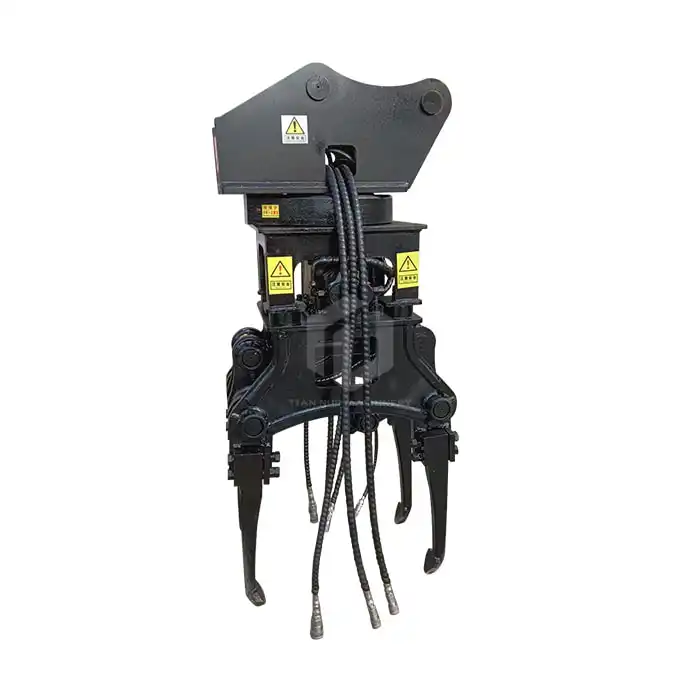 VIEW MOREHigh-vibration hydraulic ballast tamping machine
VIEW MOREHigh-vibration hydraulic ballast tamping machine_1756791633631.webp) VIEW MOREExcavator Three Section Demolition Boom
VIEW MOREExcavator Three Section Demolition Boom_1740558626327.webp) VIEW MORERailway track sweeper
VIEW MORERailway track sweeper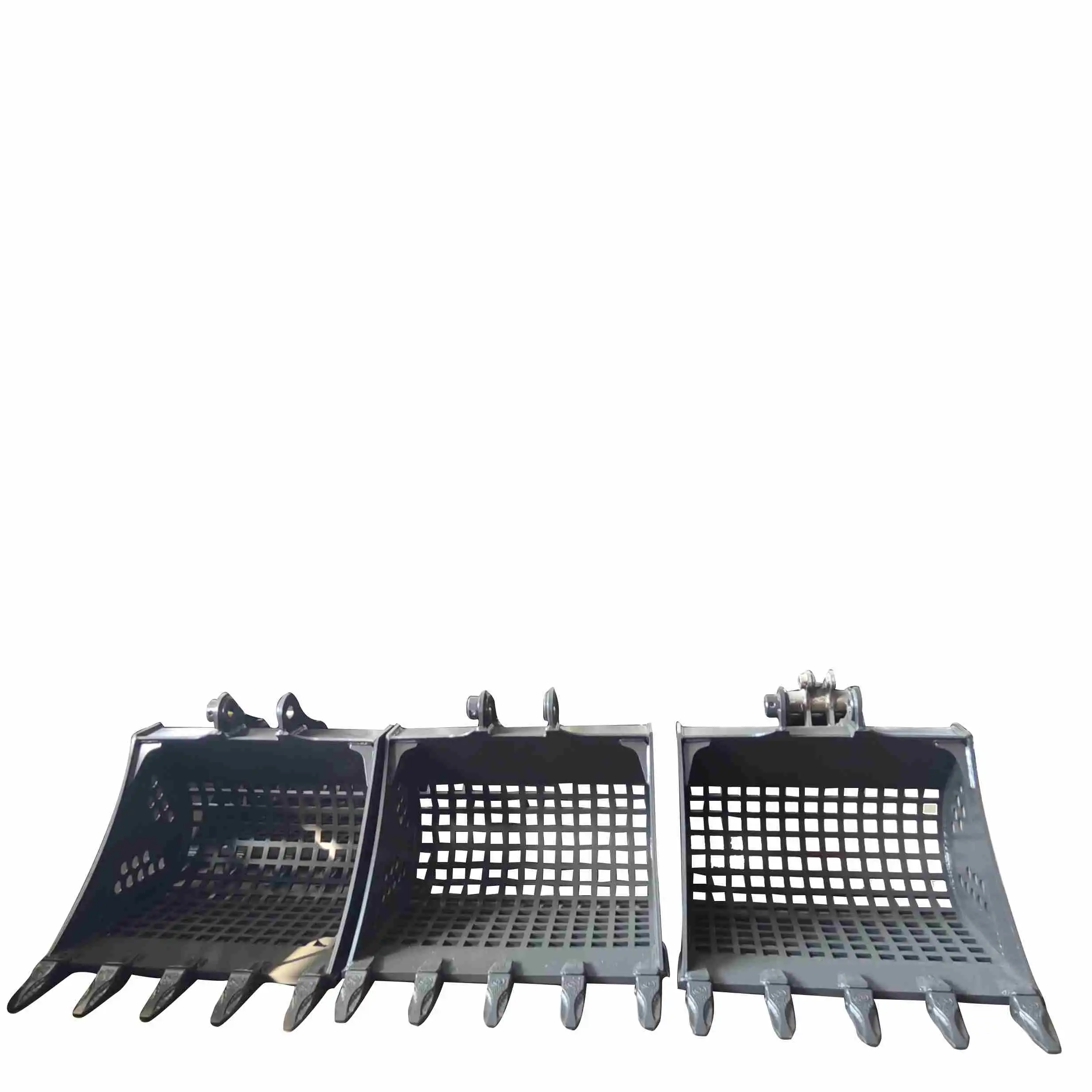 VIEW MOREExcavator Grid Bucket Screening Bucket Filter Bucket
VIEW MOREExcavator Grid Bucket Screening Bucket Filter Bucket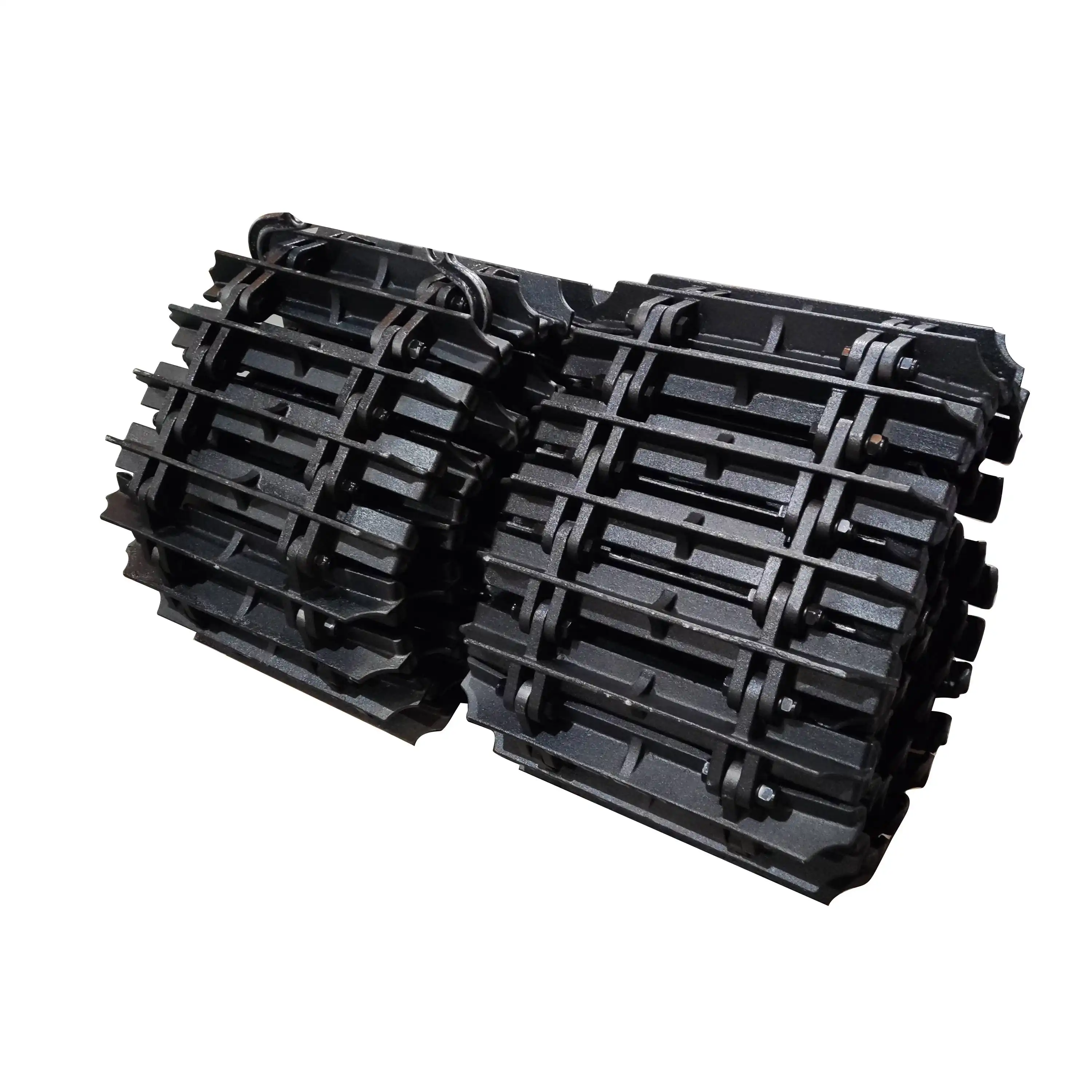 VIEW MOREDump truck anti-skid tracks
VIEW MOREDump truck anti-skid tracks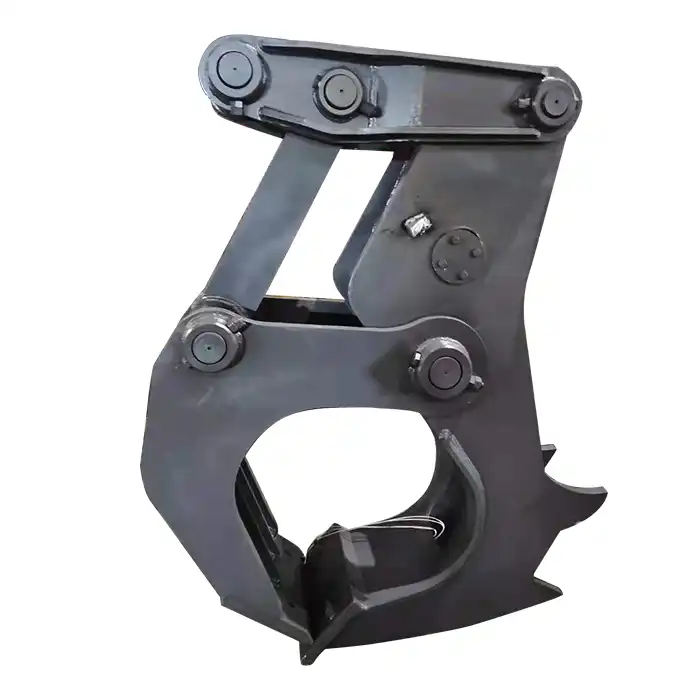 VIEW MOREExcavator Wood Splitter
VIEW MOREExcavator Wood Splitter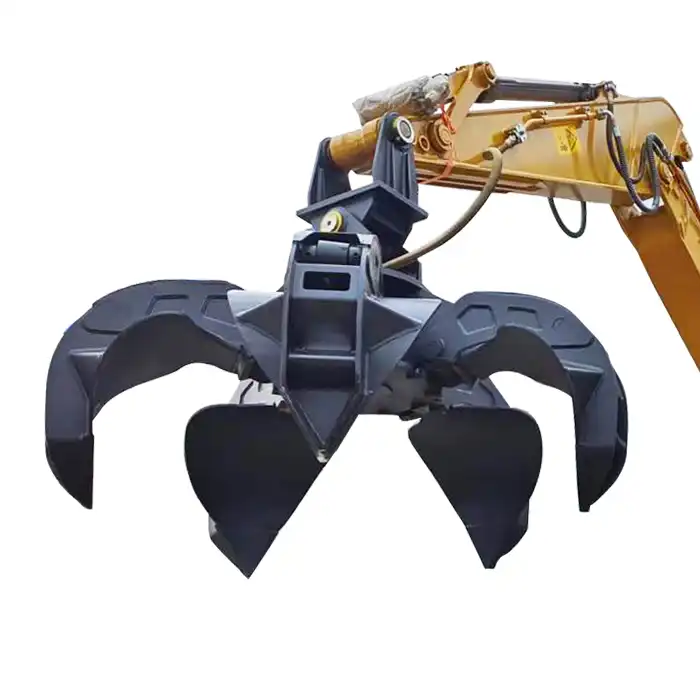 VIEW MOREExcavator Metal Scrap Grapple
VIEW MOREExcavator Metal Scrap Grapple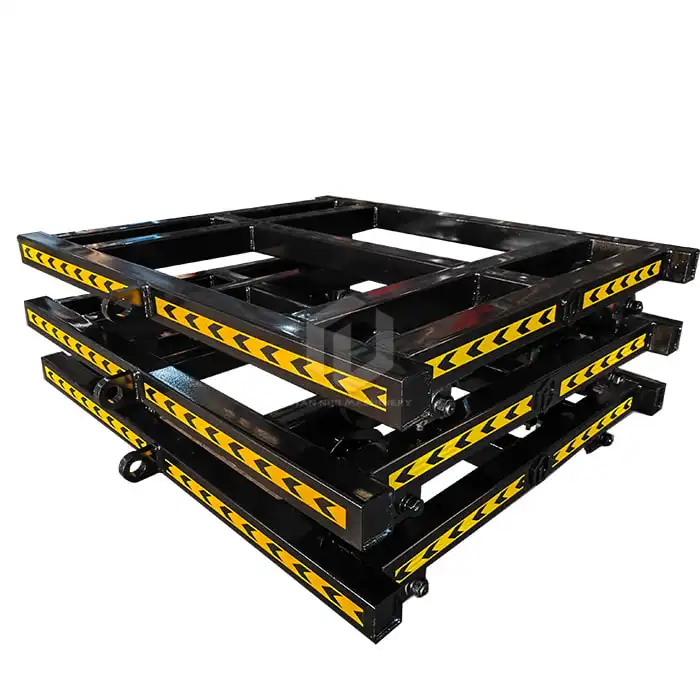 VIEW MORERail Track Trolley
VIEW MORERail Track Trolley

